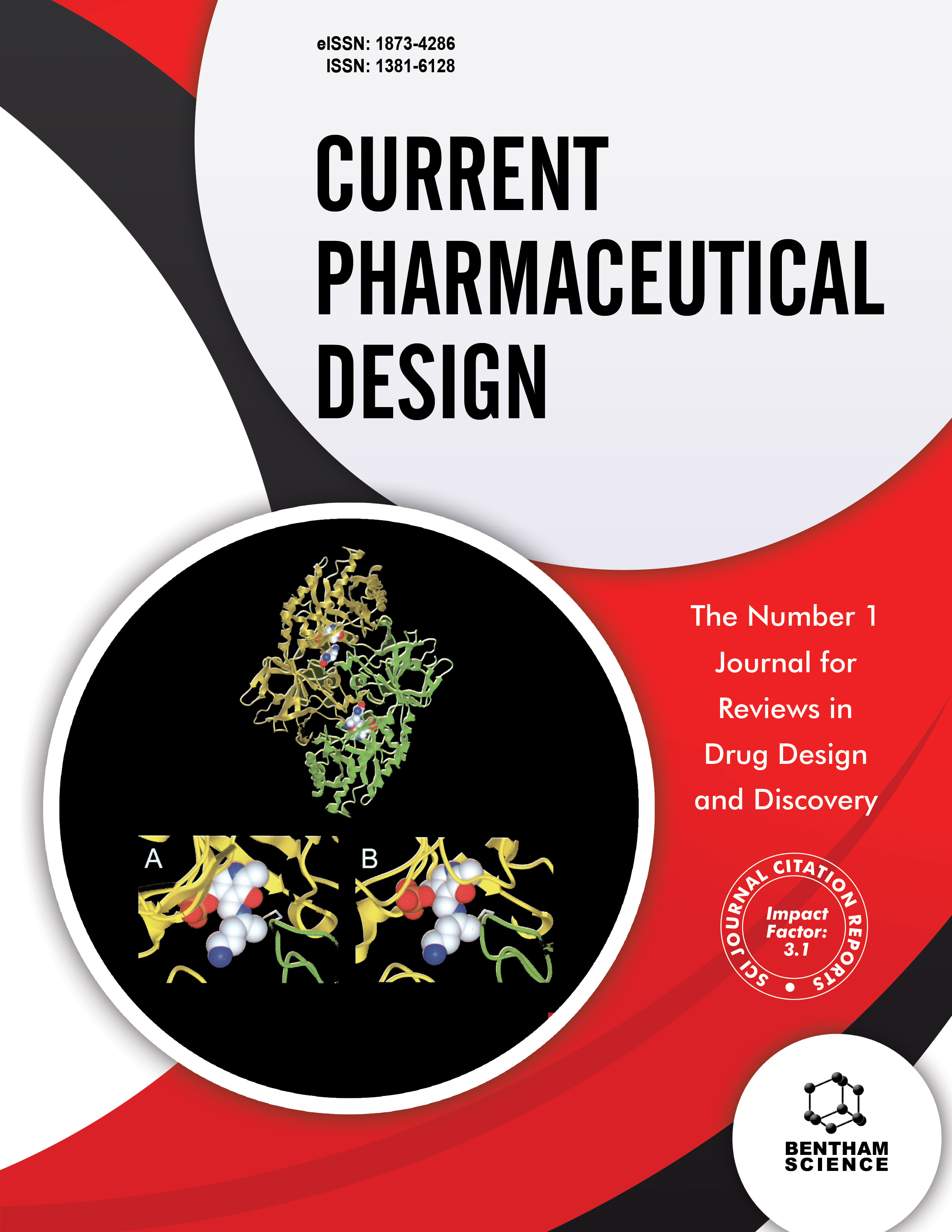
Full text loading...
We use cookies to track usage and preferences.I Understand
Monocyte chemoattractant protein-1 (MCP-1) is regarded as a crucial proinflammatory cytokine that controls the migration and entry of macrophages. It has been demonstrated that chemokine ligand 2 and its receptor, chemokine receptor 2, are both implicated in several liver disorders. In a similar context, immunity mediators are overexpressed and stimulated by MCP-1. Additionally, MCP-1 alters the physiology of the hepatocytes, promoting immunologic and inflammatory responses beyond regular metabolism. Alcoholism and other factor including abnormal diet stimulate the liver’s synthesis of MCP-1, which can result in inflammation in liver. Studies shows how MCP-1' linked to various liver disorders like alcoholic liver disease, liver fibrosis, non-alcoholic fatty liver disease, hepatitis, hepatic steatosis, hepatocellular cancer, primary biliary cirrhosis. MCP-1 not only predicts the onset, progression, and prognosis of the illness, but it is also directly related to the degree and stage of liver inflammation. In this review, we will explore the mechanism and connection between MCP-1’s overexpression in liver disorders, further how it can be linked as a therapeutic biomarker in the above scenario.

Article metrics loading...

Full text loading...
References


Data & Media loading...

